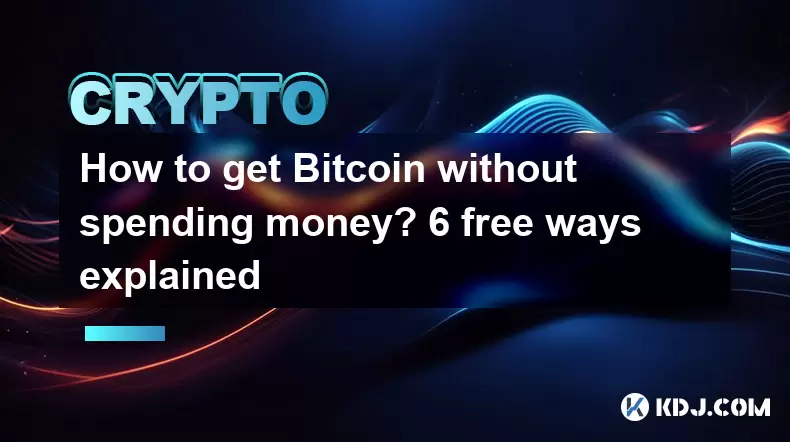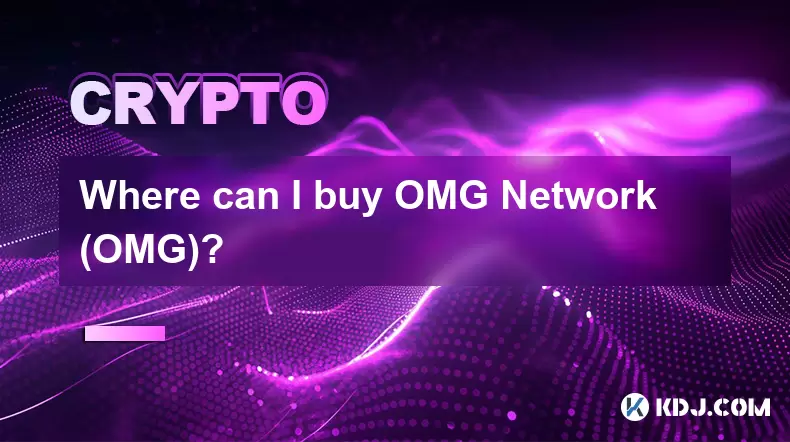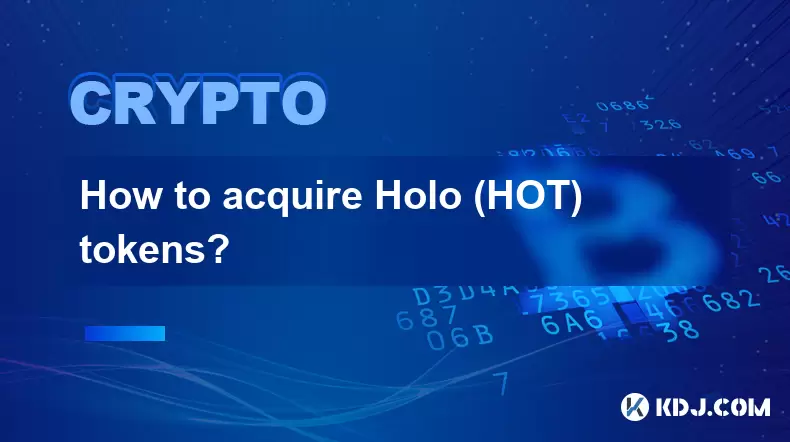-
 Bitcoin
Bitcoin $116700
0.24% -
 Ethereum
Ethereum $3973
4.34% -
 XRP
XRP $3.283
7.68% -
 Tether USDt
Tether USDt $1.000
0.01% -
 BNB
BNB $789.8
2.27% -
 Solana
Solana $176.2
3.31% -
 USDC
USDC $0.9999
0.00% -
 Dogecoin
Dogecoin $0.2238
5.14% -
 TRON
TRON $0.3389
-0.51% -
 Cardano
Cardano $0.7907
4.03% -
 Stellar
Stellar $0.4527
10.02% -
 Hyperliquid
Hyperliquid $41.07
4.27% -
 Sui
Sui $3.794
1.77% -
 Chainlink
Chainlink $19.49
10.40% -
 Bitcoin Cash
Bitcoin Cash $580.9
0.74% -
 Hedera
Hedera $0.2617
4.32% -
 Avalanche
Avalanche $23.41
3.67% -
 Ethena USDe
Ethena USDe $1.001
-0.03% -
 Litecoin
Litecoin $122.4
1.38% -
 Toncoin
Toncoin $3.364
1.49% -
 UNUS SED LEO
UNUS SED LEO $8.988
0.37% -
 Shiba Inu
Shiba Inu $0.00001295
2.82% -
 Uniswap
Uniswap $10.62
5.75% -
 Polkadot
Polkadot $3.922
4.46% -
 Dai
Dai $1.000
0.01% -
 Bitget Token
Bitget Token $4.494
2.15% -
 Monero
Monero $268.0
-1.30% -
 Cronos
Cronos $0.1523
3.68% -
 Pepe
Pepe $0.00001127
4.43% -
 Aave
Aave $285.4
4.85%
How to get Bitcoin without spending money? 6 free ways explained
You can earn Bitcoin for free through six methods: faucets, mining, airdrops, staking, referral programs, and content creation, each with unique steps and considerations.
Jun 01, 2025 at 01:28 pm

Getting Bitcoin without spending money might sound too good to be true, but there are legitimate ways to acquire this popular cryptocurrency without opening your wallet. In this article, we will explore six free methods to obtain Bitcoin, each with its own set of steps and considerations. Whether you're a beginner or a seasoned crypto enthusiast, these methods can help you build your Bitcoin holdings without any financial investment.
Faucets
Bitcoin faucets are websites or apps that dispense small amounts of Bitcoin in exchange for completing simple tasks. These tasks often include watching advertisements, solving captchas, or participating in surveys.
- Choose a reputable faucet: Research and select a faucet with a good reputation and consistent payouts. Websites like FreeBitco.in and Cointiply are popular choices.
- Create an account: Sign up using your email address and set a secure password.
- Complete tasks: Follow the on-screen instructions to complete the tasks required to earn Bitcoin.
- Withdraw your earnings: Once you have accumulated a sufficient amount, withdraw your Bitcoin to your wallet. Be aware of the minimum withdrawal thresholds set by the faucet.
Faucets are an easy way to start earning Bitcoin, but the amounts are typically small, and the process can be time-consuming.
Mining
Bitcoin mining involves using computer hardware to solve complex mathematical problems, which in turn validates transactions on the Bitcoin network and rewards miners with new Bitcoins.
- Join a mining pool: Solo mining is challenging due to the high computational power required. Joining a mining pool increases your chances of earning Bitcoin by combining your efforts with other miners.
- Set up mining software: Download and install mining software compatible with your hardware, such as CGMiner or EasyMiner.
- Configure your mining pool account: Link your mining software to your mining pool account and set up your payout address.
- Start mining: Begin mining and monitor your progress. Earnings will depend on the pool's performance and the efficiency of your hardware.
Mining can be a rewarding way to earn Bitcoin, but it requires significant technical knowledge and electricity costs, even if you're not spending money directly on the Bitcoin itself.
Airdrops
Airdrops are events where new cryptocurrency projects distribute free tokens or coins to existing cryptocurrency holders, often as a marketing strategy to increase awareness and adoption.
- Stay informed: Follow cryptocurrency news and social media channels to stay updated on upcoming airdrops.
- Sign up for airdrop alerts: Use platforms like Airdrop Alert or CoinMarketCap to receive notifications about new airdrops.
- Participate in airdrops: Follow the specific instructions for each airdrop, which may include holding a certain amount of Bitcoin or other cryptocurrencies, joining a Telegram group, or completing social media tasks.
- Claim your tokens: Once the airdrop is distributed, follow the instructions to claim your tokens. Some airdrops require you to pay a small network fee to claim your tokens.
Airdrops can be a lucrative way to earn free Bitcoin or other cryptocurrencies, but they often require you to hold other cryptocurrencies to be eligible.
Staking
Staking involves holding certain cryptocurrencies in a wallet to support the operations of a blockchain network. In return, you earn rewards, which can sometimes include Bitcoin.
- Choose a staking platform: Select a reputable platform that supports staking and offers Bitcoin rewards, such as Binance or Coinbase.
- Create an account: Sign up for the platform and complete the necessary verification steps.
- Deposit the required cryptocurrency: Transfer the required amount of the cryptocurrency to your staking wallet on the platform.
- Start staking: Enable staking on the platform and begin earning rewards. The amount of Bitcoin you earn will depend on the platform's staking rewards and the amount of cryptocurrency you stake.
Staking can be a passive way to earn Bitcoin, but it often requires you to hold other cryptocurrencies, which may have their own risks and volatility.
Referral Programs
Referral programs offered by cryptocurrency exchanges and wallets can be a way to earn Bitcoin by referring new users to the platform.
- Choose a platform with a referral program: Look for platforms like Coinbase, Binance, or Kraken that offer referral programs with Bitcoin rewards.
- Sign up for the referral program: Create an account on the platform and join their referral program. You will receive a unique referral link.
- Share your referral link: Share your referral link with friends, family, or on social media. When someone signs up and completes the required actions (such as making a deposit or trading), you earn a referral bonus.
- Earn your Bitcoin: Once your referrals meet the platform's requirements, you will receive your Bitcoin rewards.
Referral programs can be a great way to earn Bitcoin, but they rely on your ability to attract new users to the platform.
Content Creation and Engagement
Creating and engaging with content related to Bitcoin and cryptocurrencies can also lead to earning free Bitcoin. This includes writing articles, creating videos, or participating in online communities.
- Choose a platform: Select a platform where you can create and share content, such as Medium, YouTube, or Steemit.
- Create valuable content: Produce high-quality content that provides value to the cryptocurrency community. This could be educational articles, tutorials, or entertaining videos.
- Engage with the community: Participate in online forums, social media groups, and Reddit communities to build your reputation and attract followers.
- Earn Bitcoin rewards: Some platforms offer Bitcoin rewards for content creation and engagement. For example, Steemit rewards users with STEEM, which can be converted to Bitcoin.
Content creation and engagement can be a rewarding way to earn Bitcoin, but it requires time and effort to build an audience and produce valuable content.
Frequently Asked Questions
Q: Are these methods really free?
A: Yes, these methods do not require you to spend money directly on Bitcoin. However, some methods, like mining, may involve indirect costs such as electricity or hardware maintenance.
Q: How much Bitcoin can I expect to earn from these methods?
A: The amount of Bitcoin you can earn varies widely depending on the method and your level of engagement. Faucets and airdrops typically offer small amounts, while mining and staking can potentially yield larger rewards but require more effort and resources.
Q: Are there any risks involved in these methods?
A: Yes, there are risks associated with each method. Faucets and airdrops can be scams, mining requires technical knowledge and can be affected by hardware and electricity costs, staking involves holding other cryptocurrencies that may be volatile, and referral programs depend on your ability to attract new users.
Q: Can I combine these methods to earn more Bitcoin?
A: Yes, combining multiple methods can increase your chances of earning more Bitcoin. For example, you could participate in faucets, join a mining pool, and engage in content creation to maximize your earnings.
Disclaimer:info@kdj.com
The information provided is not trading advice. kdj.com does not assume any responsibility for any investments made based on the information provided in this article. Cryptocurrencies are highly volatile and it is highly recommended that you invest with caution after thorough research!
If you believe that the content used on this website infringes your copyright, please contact us immediately (info@kdj.com) and we will delete it promptly.
- Roman Storm, Funding Effort, and the Looming Defense Retrial: A New York Minute on the Tornado Cash Case
- 2025-08-09 02:50:14
- Crypto's Wild Ride: XRP, Dogecoin, and the Altcoin Surge You Can't Ignore
- 2025-08-09 02:50:14
- Elon Musk, Bitcoin, and the Enduring Power of Approval: A Crypto Love Story?
- 2025-08-09 03:50:15
- Ruvi AI: The Next Big Thing After Ripple on CoinMarketCap?
- 2025-08-09 03:50:15
- Floki Price Surges: Elliott Wave and Fibonacci Setups Point to Potential Gains!
- 2025-08-09 02:30:16
- Pepe Price, RTX (Remittix?) & the $10K ETH Dream: NYC Crypto Chatter
- 2025-08-09 02:30:16
Related knowledge

Where can I buy UMA (UMA)?
Aug 07,2025 at 06:42pm
Understanding UMA and Its Role in Decentralized FinanceUMA (Universal Market Access) is an Ethereum-based decentralized finance (DeFi) protocol design...

What is the best app to buy Nano (NANO)?
Aug 09,2025 at 03:35am
Understanding Nano (NANO) and Its Unique FeaturesNano is a feeless, instant cryptocurrency designed for fast peer-to-peer transactions. Unlike many ot...

Where can I purchase Siacoin (SC)?
Aug 08,2025 at 11:14am
Understanding Siacoin (SC) and Its Role in the Sia NetworkSiacoin (SC) is the native cryptocurrency of the Sia decentralized cloud storage platform, a...

Where can I buy OMG Network (OMG)?
Aug 08,2025 at 12:57pm
Understanding OMG Network (OMG) and Its PurposeThe OMG Network, originally known as OmiseGO, is a layer-2 scaling solution built on the Ethereum block...

What exchanges support buying IOTA (MIOTA)?
Aug 07,2025 at 09:58pm
Understanding the Role of Private Keys in Cryptocurrency SecurityIn the world of cryptocurrency, private keys are the cornerstone of ownership and con...

How to acquire Holo (HOT) tokens?
Aug 08,2025 at 05:56am
Understanding Holo (HOT) and Its EcosystemHolo (HOT) is a cryptocurrency token associated with the Holo ecosystem, which is built on the Holochain fra...

Where can I buy UMA (UMA)?
Aug 07,2025 at 06:42pm
Understanding UMA and Its Role in Decentralized FinanceUMA (Universal Market Access) is an Ethereum-based decentralized finance (DeFi) protocol design...

What is the best app to buy Nano (NANO)?
Aug 09,2025 at 03:35am
Understanding Nano (NANO) and Its Unique FeaturesNano is a feeless, instant cryptocurrency designed for fast peer-to-peer transactions. Unlike many ot...

Where can I purchase Siacoin (SC)?
Aug 08,2025 at 11:14am
Understanding Siacoin (SC) and Its Role in the Sia NetworkSiacoin (SC) is the native cryptocurrency of the Sia decentralized cloud storage platform, a...

Where can I buy OMG Network (OMG)?
Aug 08,2025 at 12:57pm
Understanding OMG Network (OMG) and Its PurposeThe OMG Network, originally known as OmiseGO, is a layer-2 scaling solution built on the Ethereum block...

What exchanges support buying IOTA (MIOTA)?
Aug 07,2025 at 09:58pm
Understanding the Role of Private Keys in Cryptocurrency SecurityIn the world of cryptocurrency, private keys are the cornerstone of ownership and con...

How to acquire Holo (HOT) tokens?
Aug 08,2025 at 05:56am
Understanding Holo (HOT) and Its EcosystemHolo (HOT) is a cryptocurrency token associated with the Holo ecosystem, which is built on the Holochain fra...
See all articles

























































































